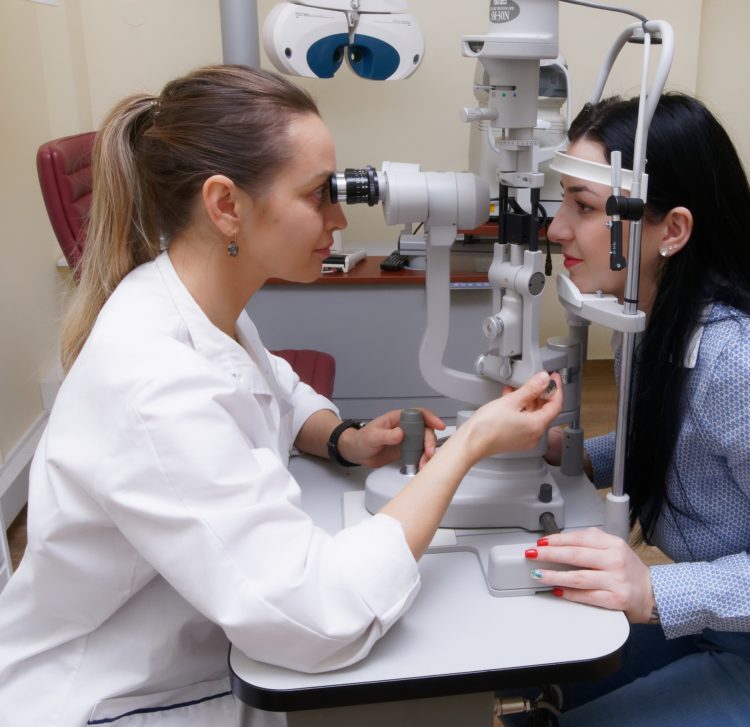
New research led by the University of St Andrews finds that a common eye condition has little or no impact on an aspect of a person's 3-Dimensional perception.
The research, led by scientists from the School of Psychology and Neuroscience and published by the Royal Society Open Science, reveals, for the first time, that a common eye condition called strabismus, also often referred to as a squint, does not impair a person's ability to perceive 3-D layout.
Strabismus, an ophthalmological condition of the misalignment of the eyes typically arising from neurological disorders, results in an inability to focus both eyes on a single point in space. The condition is known to be linked to neuropsychological impairments including amblyopia (lazy eye) and deficits in depth perception.
The exact nature of the deficits in 3-D and depth perception is poorly understood as knowledge of the way individuals with strabismus experience depth has often been based on anecdotal reports and conjecture. Previous studies have focused on one aspect of 3-D perception, the capacity to conduct motoric tasks that require estimates of distances to nearby objects. Relative depth perception is a fundamental aspect of 3-D vision that underlies a person's capacity to perceive 3-D shapes and layout of objects.
The team of scientists investigated, for the first time, the perception of relative depth from the cue of linear perspective in strabismus using pictorial images. The findings reveal that strabismics are unimpaired in the perception of relative depth in comparison to observers with typically developed binocular vision.
The results contrast with a view often presented in anecdotal reports in popular media that strabismus leads to a general deficit in depth perception.
Lead author, Dr Giedre Zlatkute, from the School of Psychology & Neuroscience and currently at the School of Medicine at the University of St Andrews, said: "There is considerable ambiguity and confusion in the popular media about the extent of deficits in depth and 3-D perception in strabismus; our findings show that, contrary to popular opinion, there is little impact on a major aspect of 3-D vision for a person with a strabismic vision."
Senior author of the study, Dr Dhanraj Vishwanath, said: "These results support a theory that the brain constructs at least three distinct types of representation that support different competencies in 3-D vision: the perception of distances of objects near the viewer (in personal space), the perception of object distances at walking distances, and the perception of 3-D object shape/layout (relative depth). Our results, combined with a few other studies, suggest that individuals with strabismus may be impaired only in the first component (perception of near distances) but have largely intact perception in the other two."
Dr Zlatkute explained: "In addition to difficulties in perceiving distances in near space, individuals with strabismus can also be impaired in perceiving the '3-D effect' of 3-D movies. Further studies are required to fully understand how these impairments are linked and how they impact on a person's overall 3-D perception in comparison to those with typically developed binocular vision."
The paper 'Unimpaired perception of relative depth from perspective cues in strabismus' is published by the Royal Society Open Science






